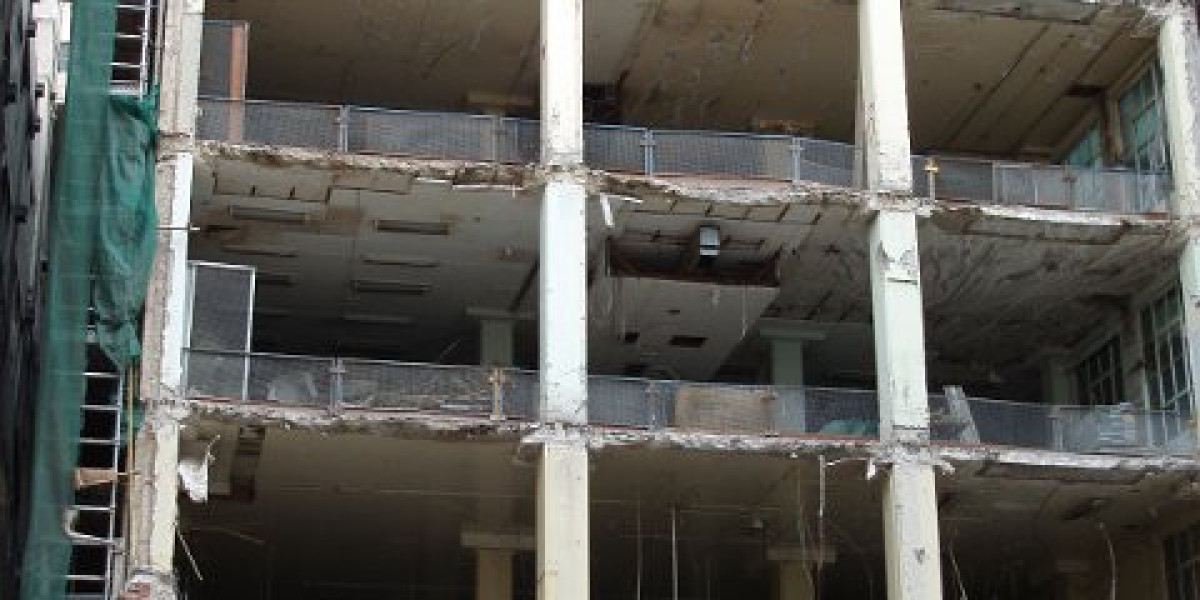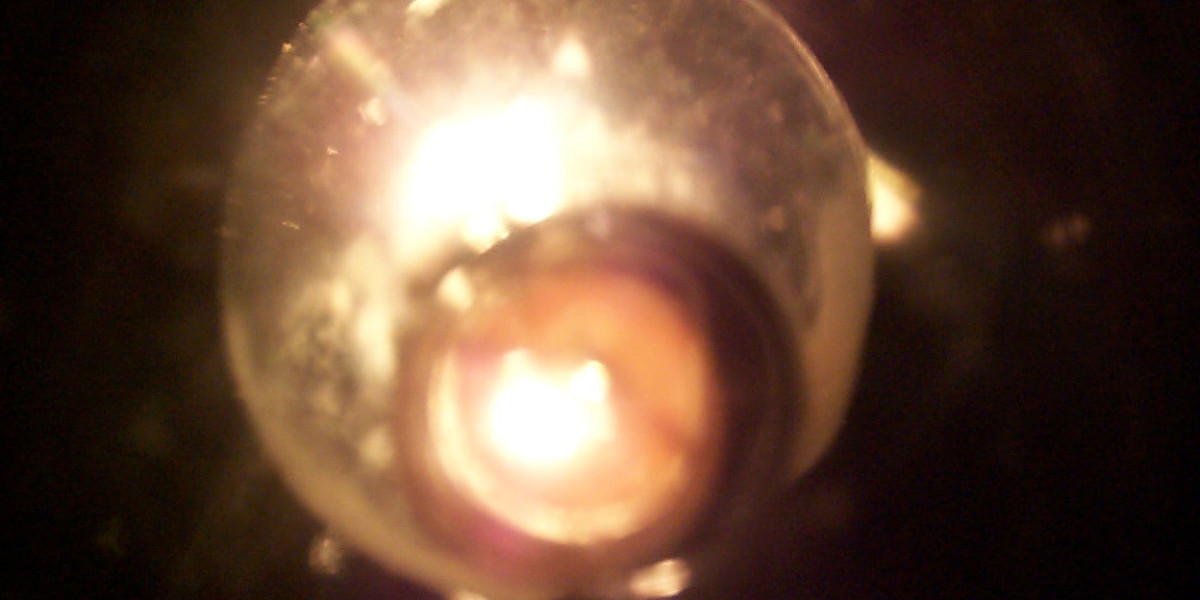Market Overview
According to a comprehensive study by Market Intelo, the global Radiological Detection System market is projected to reach USD 4.8 billion by 2032, growing at a CAGR of 6.7% from 2024 to 2032. The market growth is primarily driven by increasing geopolitical tensions, growing risks of radiological threats, and a strong emphasis on national security and emergency preparedness. Radiological detection systems have become essential components in safeguarding public spaces, ports, and borders against the illicit trafficking of radioactive materials and nuclear terrorism.
These systems, which include advanced sensors, handheld detectors, and fixed monitoring stations, are increasingly being adopted by defense organizations, law enforcement agencies, and emergency response teams worldwide. Their integration into homeland security frameworks underscores the rising global commitment to radiation safety and public protection.
Get Sample Report of Radiological Detection System Market @ https://marketintelo.com/request-sample/4411
Rising Demand for Radiation Safety and Homeland Security
The global threat landscape has evolved dramatically over the past decade, leading to heightened awareness of nuclear and radiological risks. Governments are prioritizing investments in radiation detection technology to prevent and respond to incidents involving radioactive materials. From border surveillance to urban emergency preparedness, radiological detection systems play a crucial role in real-time monitoring, detection, and response coordination.
Additionally, international organizations such as the International Atomic Energy Agency (IAEA) have reinforced the importance of radiation detection networks in mitigating global security risks. As nations strengthen their counterterrorism measures, the demand for modern, portable, and AI-enabled detection devices is expected to accelerate significantly.
Get Sample Report of Radiological Detection System Market @ https://marketintelo.com/request-sample/4411
Key Market Drivers
1. Growing Incidences of Radiological and Nuclear Threats
The increasing possibility of nuclear terrorism, smuggling of radioactive materials, and accidental leaks from nuclear power facilities has amplified the global focus on radiological safety. Governments are deploying sophisticated detection systems at ports, airports, and critical infrastructure to ensure early warning and rapid containment of radiological hazards.
2. Expansion of Nuclear Energy and Industrial Applications
With the growing reliance on nuclear energy and radiological materials in industries such as medicine, energy, and manufacturing, there is an increased risk of exposure and contamination. This has created substantial demand for radiation detection and monitoring systems to ensure compliance with safety standards.
3. Technological Advancements and AI Integration
Recent innovations in sensor miniaturization, artificial intelligence, and real-time data analytics are revolutionizing the radiological detection landscape. AI-enhanced systems can now identify specific isotopes and differentiate between benign and hazardous radiation sources, improving accuracy and reducing false alarms.
Read Full Research Study: https://marketintelo.com/report/radiological-detection-system-market
Market Segmentation Insights
The global Radiological Detection System market can be segmented based on type, application, technology, and region.
By type, the market is categorized into handheld devices, portable systems, and fixed detection units. The handheld detection segment holds the largest share due to its ease of use, cost-effectiveness, and flexibility in field operations.
By application, the market includes border monitoring, military and defense, emergency response, and industrial safety. Among these, border monitoring dominates, driven by increasing investment in securing international checkpoints and transportation hubs.
By technology, the market is segmented into scintillation detectors, solid-state detectors, and gas-filled detectors. The solid-state detector category is expected to grow rapidly, supported by advancements in semiconductor materials and compact designs that offer improved sensitivity and durability.
Regional Analysis
North America
North America remains the largest market for radiological detection systems, accounting for a significant share of global revenue. The United States leads the region, supported by strong homeland security initiatives and defense modernization programs. The U.S. Department of Homeland Security’s focus on radiation portal monitors and mobile detection units has further enhanced market expansion.
Europe
Europe continues to demonstrate steady growth, driven by rising concerns about nuclear power safety and compliance with European Atomic Energy Community (EURATOM) regulations. Countries like Germany, France, and the UK are actively upgrading radiation detection infrastructure in response to heightened awareness of radiological risks.
Asia Pacific
The Asia Pacific region is witnessing the fastest growth, fueled by increasing defense budgets and nuclear power expansion in countries such as China, India, and Japan. Additionally, the presence of nuclear facilities and growing urban populations has intensified the need for effective radiation detection frameworks across the region.
Middle East & Africa and Latin America
These regions are gradually investing in radiation monitoring technologies to enhance border security and disaster preparedness. The growing focus on protecting oil facilities, ports, and critical installations from radiological threats is expected to drive adoption.
Competitive Landscape
The Radiological Detection System market is moderately consolidated, with major players focusing on product innovation, government contracts, and strategic alliances. Leading companies include Thermo Fisher Scientific Inc., Mirion Technologies Inc., FLIR Systems (Teledyne Technologies), Smiths Detection Group Ltd., Kromek Group plc, and Canberra Industries (Mirion Technologies).
These players are expanding their product portfolios through R&D investments aimed at developing intelligent, connected, and high-sensitivity radiation monitoring systems. Partnerships between public agencies and private manufacturers are also facilitating the deployment of advanced detection solutions in both developed and developing economies.
Emerging Market Trends
One of the most prominent trends shaping the market is the integration of IoT and cloud-based platforms for centralized monitoring of radiological data. This development allows real-time threat assessment and faster decision-making in emergency scenarios. Moreover, portable wearable detectors designed for first responders and defense personnel are gaining traction due to their efficiency and reliability in the field.
Another notable trend is the use of AI and machine learning algorithms to improve isotopic analysis, enhance system sensitivity, and minimize false positives. These technologies are expected to redefine the standard of performance and operational safety in the global radiological detection industry.
Market Outlook and Future Prospects
The global Radiological Detection System market is poised for robust expansion through 2032 as governments and private sectors alike intensify efforts to secure populations and critical infrastructure against nuclear and radiological risks. The increasing convergence of advanced sensing technologies, digital analytics, and defense modernization programs is expected to transform how radiological threats are detected and managed.
With continuous innovation and rising investments in homeland security, the market will witness greater adoption of multi-functional detection systems capable of delivering real-time intelligence across a variety of applications. The transition toward smart, portable, and interconnected solutions marks a pivotal shift in global radiation monitoring practices, ensuring safer and more resilient societies.
Related Report







